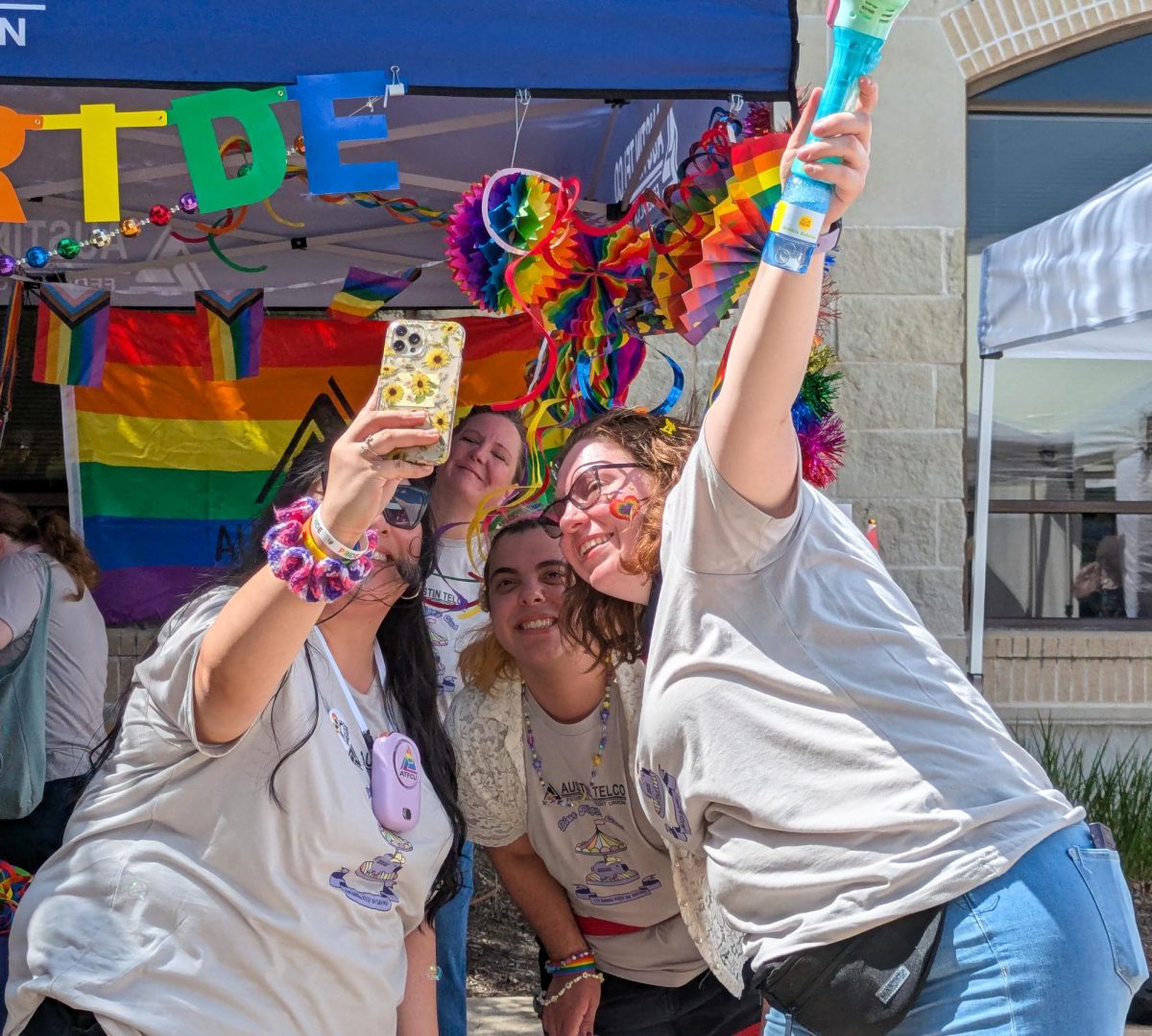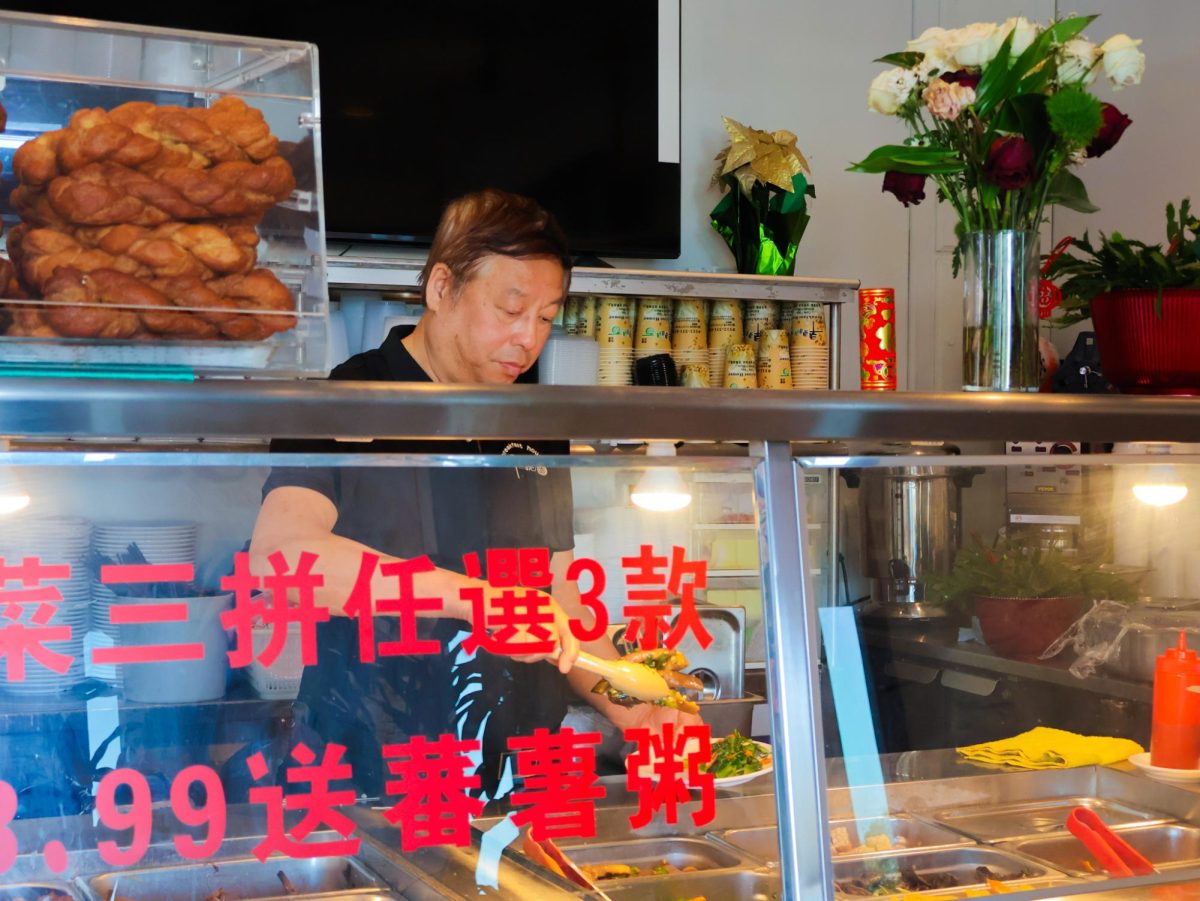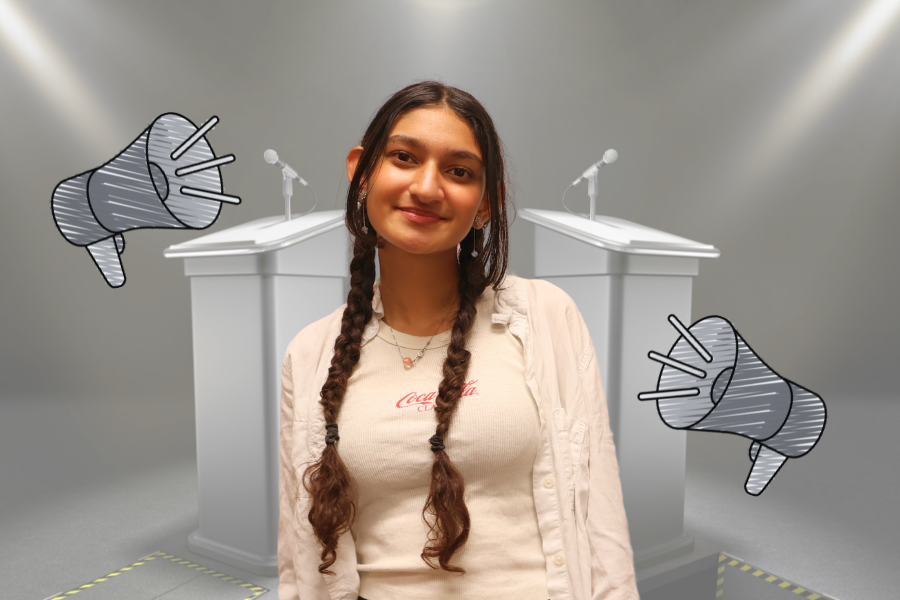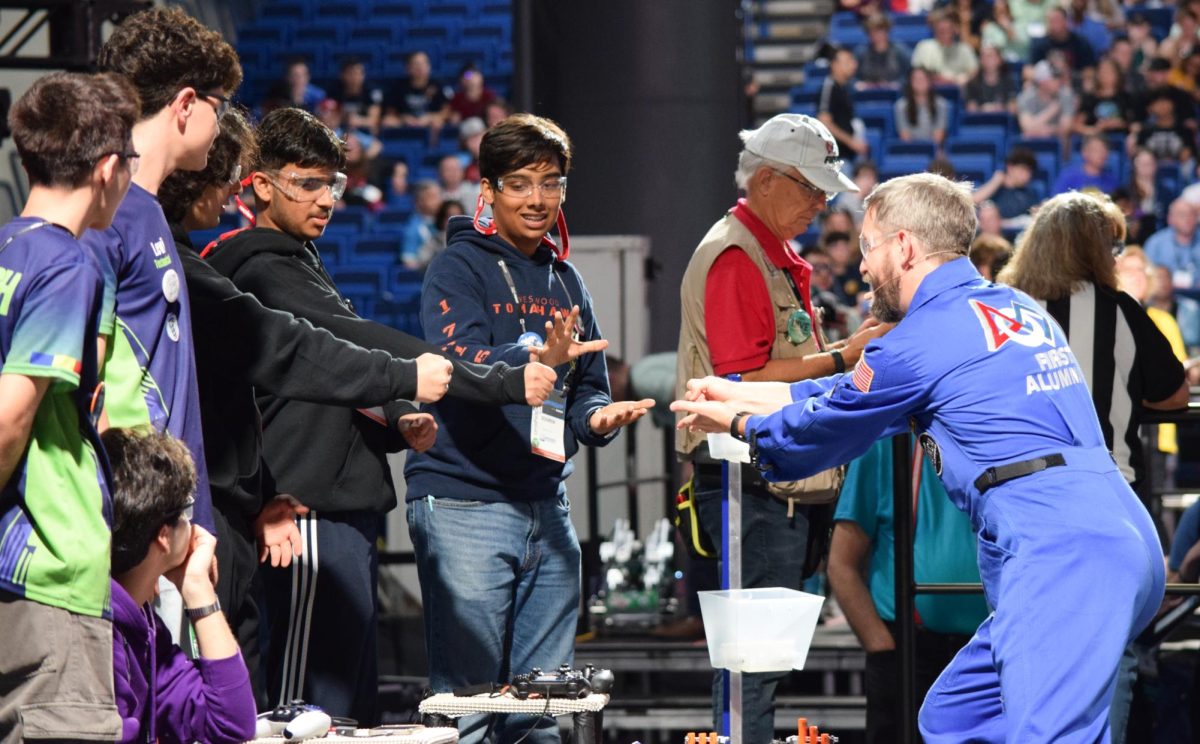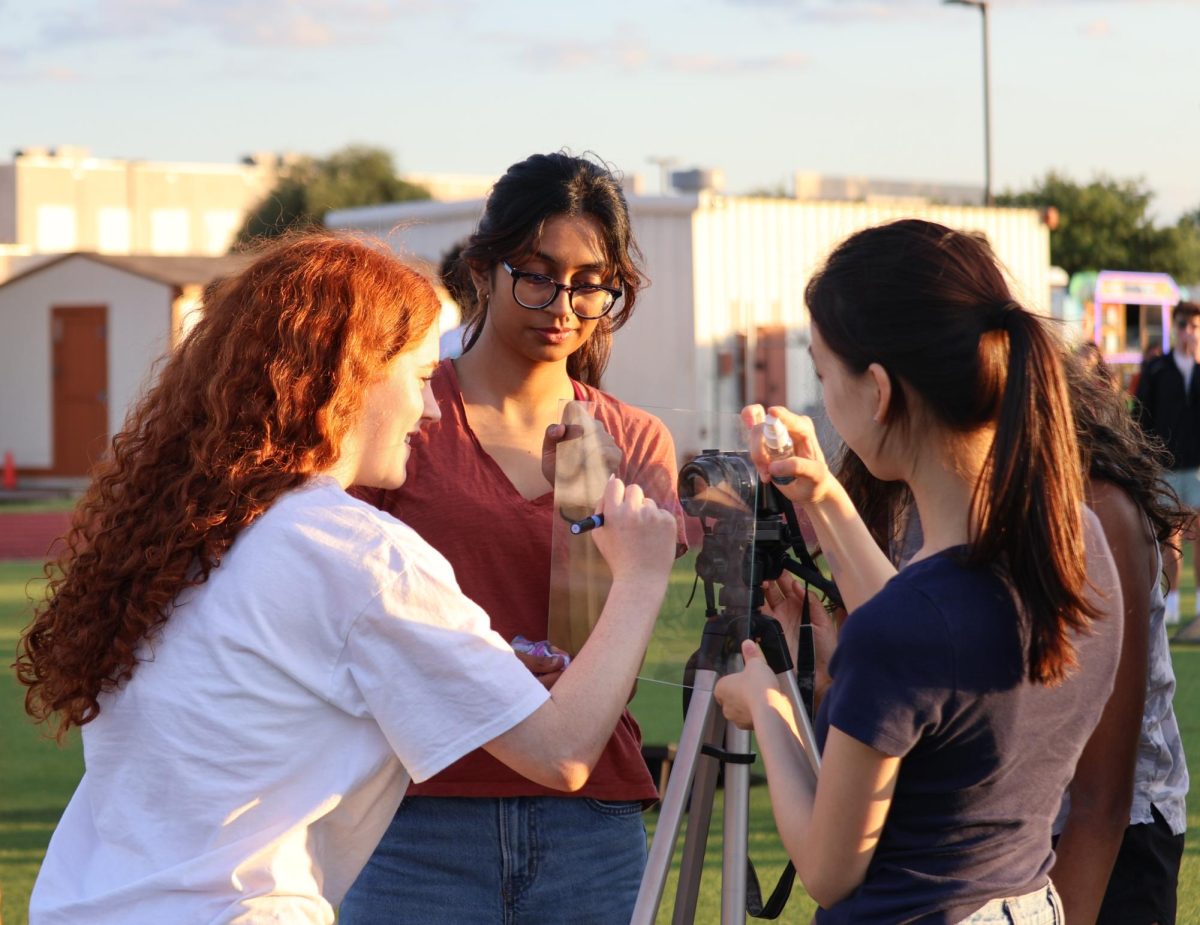The patient picks up the call from the McDonalds drive-through.
“[He was] looking at the menu when I called,” Dr. Deepa Ponnusamy said.
As the patient’s endocrinologist, she is trying to remotely check up on him.
“[He told] me, ‘Can you please hang on for a minute? Let me just place the order,’ [paying] no attention to what [I am] telling him,” Dr. Ponnusamy said.
Dr. Ponnusamy, who works exclusively with veterans, is frustrated by the interaction. Nonetheless, she knows that this situation would never happen without the COVID-19 pandemic, which deeply affected the clinic she still works completely in-person at.
“At the start of the pandemic, [a lot of] treatment was delayed, diagnoses were delayed, [and] patients were not getting their medications,” Dr. Ponnusamy said. “Hospitals were crowded while trying to minimize crowding. We couldn’t get people to come [to the clinic].”
Unemployment for veterans spiked during the pandemic, with about 250 thousand unemployed in 2022. Dr. Ponnusamy notes that the cost of living has gone so high, many of the clinic’s patients have lost their jobs and thus cannot afford to visit.
“Veterans are not an affluent crowd. Many of them could not even afford to buy gas for the car. Many of them became homeless because they could not afford to pay the rent,” Dr. Ponnusamy said. “[Their] health is not a priority now for them, because they have to meet their [other] basic needs first, and take care of other things.”
To tackle this inaccessibility issue, the veterans’ clinic was forced to think outside the box. Prior to the pandemic, doing virtual visits for patients was unheard of at Dr. Ponnusamy’s clinic.
“The place where I work [is] actually a federal place, [so] people never [went] remote,” Dr. Ponnusamy said. “[There was] no reason to if people [could] come in person.”
But the pandemic’s threats to the medically fragile brought in a new system – what Dr. Ponnusamy calls “teleworking,” which for her means some remote visits with patients.
“[Teleworking is] huge, because it feels like people who live far away are able to afford care, [due to] a hybrid of [remote] visits and face-to-face visits,” Dr. Ponnusamy said.
At Dr. Ponnusamy’s office, there are two forms of remote visits. The first type is just a phone call. The doctor calls the patient to talk to them, goes over any results that need discussion, and asks if they have any complaints.
“This is helpful for people who are elderly [or] cannot travel as much. When they talk to the doctor frequently, they are able to manage their diabetes or other medical conditions better,” Dr. Ponnusamy said.
The second type of remote contact involves a Zoom call with the patient.
“[Zoom calls are] better than a telephone visit because I’m still making eye contact with the patient and talking to them, and [I’m] able to understand their symptoms better because I’m seeing them,” Dr. Ponnusamy said.
In particular, teleworking opens up greater access to healthcare for those in remote areas without many specialists. Remote electronic access allows secluded towns to set up small clinics where patients can talk to a doctor in a city via video visit.
“You don’t have an endocrinologist everywhere. So, [if] somebody from [a] very small town has poorly controlled diabetes, remote working helps a lot because I can do a video visit with the patient, and figure out how we can help them manage [their] diabetes better,” Dr. Ponnusamy said.
However, there are still issues with medical teleworking. One issue revolves around the problem of a lack of in-person contact.
“In a call, I can still see [the patient], but I cannot examine them,” Dr. Ponnusamy said. “Sure, I can see the patient, see how he’s talking, how he’s walking, but I cannot listen to his heartbeat or listen to his lungs.”
Additionally, Dr. Ponnusamy notes that some people will take these check-ups less seriously when they’re not in person. Some patients will take calls at work, while others might pick up the phone while driving.
“They get distracted and sometimes are not listening to what I [say] because they are trying to multitask,” Dr. Ponnusamy said. “You often don’t get the full focus of the patient.”
One side effect of this more casual attitude: patients start to cancel in-person appointments as well, wrongly viewing remote check-ups as an adequate replacement.
“Even if [patients] are living half an hour from [the clinic], they want to take advantage of telephone visits just because it’s easier,” Dr. Ponnusamy said. “You can do that here and there, but in the long run that does not build a good rapport between the physician and the patient.”
Therefore, Dr. Ponnusamy believes in the importance of maximizing face-to-face visits. Only then would a patient recover more quickly and efficiently, or maintain a condition more effectively.
“Teleworking has its benefits, [but] I think people who can access healthcare should still try to avoid telephone calls or video visits,” Dr. Ponnusamy said.
But as the world continues to recover from the pandemic, remote visits are Dr. Ponnusamy’s weapon of choice to combat the daily changes COVID brought.
“[Teleworking] has changed the way healthcare is accessible, and [despite] the drawbacks, [helping patients] recover completely is the most rewarding part of this profession,” Dr. Ponnusamy said. “They say health is wealth, and it’s true.”

![Smiling, endocrinologist Dr. Deepa Ponnusamy sits at her office desk. Ponnusamy is one of many medical professionals to start implementing remote visits for patients into her job following the pandemic. “[Remote visits are] huge, because it feels like people who live far away are able to afford care, [due to] a hybrid of [remote] visits and face-to-face visits,” Dr. Ponnusamy said. Photo courtesy of Dr. Deepa Ponnusamy](https://westwoodhorizon.com/wp-content/uploads/2023/12/Screenshot-2023-12-09-12.26.19-AM.png)
